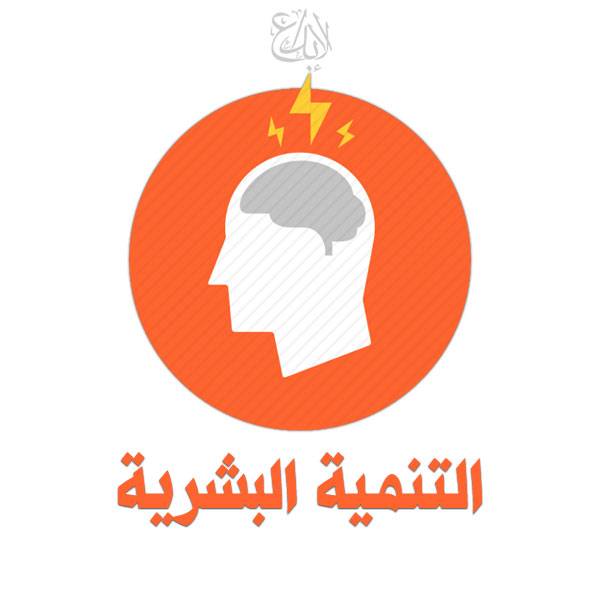- البداية
- التفقه في الدين
- تطوير الويب Web Development
- مهارات ايمانية
- المهارات الناعمة Soft Skills
- الذكاء الاجتماعي Social Intelligence
- مهارة ادارة الضغوط النفسية management stress Skill
- التغلُّب على الإدمان Overcoming addiction
- ميديا Media
- كورسات اللغات Languages Courses
- كورسات ادارة الأعمال Business Administration
- مهارات Skills
- كورسات هندسة Engineering Courses
- تطوير الموبايل Mobile Development
- الجرافيك Graphic
- الشبكات Networks
- المحاسبة Accountancy
- الدعم الفنى Technical Support
- البرمجة Programming
- التسويق Marketing
- الطب Medicine
- الرياضة Sport
- فيزياء ورياضيات Mathematics and Physics
- علوم اقتصادية Economic sciences
- المناهج التعليمية Educational Curriculum
- التنمية البشريه العام Public human development
- تصميم المواقع Web Design
- IOS IOS
- Node.js Node
- Ember.Js Ember
- Angular.JS Angular
- MongoDB Mongodb
- Fedora Tutorials Fedora
- CentOs Tutorials Centos
- XML XML
- قواعد البيانات العام Database
- مهارات الحاسب computer skills
- Arduino Arduino
- Linux Tutorials Linux
- التصوير العام General Photography
- إدارة المحتوي CMS CMS
- المزيد
Lesson 5 - Selecting Cases in SPSS
Lesson 5 - Selecting Cases in SPSS
168
أضيف في:
22 مارس 2019
22 مارس 2019
مقطع فيديو من كورس SPSS For Research في كورسات
Become an expert in statistical analysis with SPSS within days - essential analyses techniques from basic to advanced - the most comprehensive SPSS video course –
رنامج (spss) هو اختصار (Statistical package for social sciences) وهو ما يعني الحزم الإحصائية للعلوم الاجتماعية , وبرنامج spss هو عبارة عن مجموعة من الحزم أو بيانات حسابية شاملة للقيام بتحليل هذه البيانات , ويتم استخدام هذا البرنامج في الأبحاث العلمية التي تحتوي على بيانات رقمية . يستطيع البرنامج القيام بقراءة كافة البيانات من كافة أنواع الملفات وتحليلها واستخراج النتائج والتقرير الإحصائية , والبرنامج يتيح للمستخدم تحرير البيانات وتعديلها في شكل متغيرات وبيانات جديدة باستخدام معادلة , وكذلك حفظ البيانات في ملفات وتسميتها أو تعديل أسماء ملفات البيانات , أو استرجاع البيانات والملفات والمشاهدات , وذلك من خلال التحكم في قائمة من الأوامر والخيارات المتاحة في البرنامج , لتشمل كافة مراحل تحليل البيانات والعملية ال إحصائية من خلال اربع خطوات هي : 1– ترميز البيانات . 2- وضع البيانات في البرنامج . 3- انتقاء الشكل المناسب واختبار البيانات وتحليلها . 4- تحديد البيانات المتغيرة المراد تحليلها وتحقيق عملية الإحصاء .
المزيد..
Become an expert in statistical analysis with SPSS within days - essential analyses techniques from basic to advanced - the most comprehensive SPSS video course –
رنامج (spss) هو اختصار (Statistical package for social sciences) وهو ما يعني الحزم الإحصائية للعلوم الاجتماعية , وبرنامج spss هو عبارة عن مجموعة من الحزم أو بيانات حسابية شاملة للقيام بتحليل هذه البيانات , ويتم استخدام هذا البرنامج في الأبحاث العلمية التي تحتوي على بيانات رقمية . يستطيع البرنامج القيام بقراءة كافة البيانات من كافة أنواع الملفات وتحليلها واستخراج النتائج والتقرير الإحصائية , والبرنامج يتيح للمستخدم تحرير البيانات وتعديلها في شكل متغيرات وبيانات جديدة باستخدام معادلة , وكذلك حفظ البيانات في ملفات وتسميتها أو تعديل أسماء ملفات البيانات , أو استرجاع البيانات والملفات والمشاهدات , وذلك من خلال التحكم في قائمة من الأوامر والخيارات المتاحة في البرنامج , لتشمل كافة مراحل تحليل البيانات والعملية ال إحصائية من خلال اربع خطوات هي : 1– ترميز البيانات . 2- وضع البيانات في البرنامج . 3- انتقاء الشكل المناسب واختبار البيانات وتحليلها . 4- تحديد البيانات المتغيرة المراد تحليلها وتحقيق عملية الإحصاء .
-
الفيديو التالي:
-
 206
7 Lesson 6 - File Splitting in SPSS
206
7 Lesson 6 - File Splitting in SPSS
The split file procedure is useful when we want to run the same analysis on several groups or segments of the entire population. When a file is split, the analyses will be run for each group separately, and the output will be presented separately too.






















 التنمية البشرية القرآنية
التنمية البشرية القرآنية
 إدارة الذات والتخطيط الشخصي
إدارة الذات والتخطيط الشخصي
 دورة صيانة اللاب توب - servicing laptop
دورة صيانة اللاب توب - servicing laptop
 Oracle developer g11
Oracle developer g11
 التحرير العربي
التحرير العربي
 سي شارب #C
سي شارب #C
 PHP 101
PHP 101
 دورة أساسيات الشبكات N+
دورة أساسيات الشبكات N+
 تعلم اللغة التركية مع رسلان ريحان (المستوى الخامسC1)
تعلم اللغة التركية مع رسلان ريحان (المستوى الخامسC1)
 كورس اللغه اليابانيه – الدارين
كورس اللغه اليابانيه – الدارين
 Learn JavaScript In Arabic
Learn JavaScript In Arabic
 تعلم اللغة الفرنسية
تعلم اللغة الفرنسية
 تلخيص كتب ( التنمية البشرية - الإقتصاد - التسويق - علم الإجتماع )
تلخيص كتب ( التنمية البشرية - الإقتصاد - التسويق - علم الإجتماع )
 أكاديمية إعداد القادة
أكاديمية إعداد القادة
 اجمل ما قال الدكتور إبراهيم الفقي
اجمل ما قال الدكتور إبراهيم الفقي
 صفات و مميزات فريق العمل الناجح
صفات و مميزات فريق العمل الناجح
 فيديو تحفيزي - اشحن طاقتك
فيديو تحفيزي - اشحن طاقتك
 التنمية الإيمانية
التنمية الإيمانية
 التخاطر وتوارد الأفكار والتخيّل
التخاطر وتوارد الأفكار والتخيّل
 الطاقة السلبية - Negative energy
الطاقة السلبية - Negative energy
 التأهيل النفسي للمتزوجين
التأهيل النفسي للمتزوجين
 كورس إدارة الأعمال - Business Administration
كورس إدارة الأعمال - Business Administration
 نصائح نفسية ستغير حياتك
نصائح نفسية ستغير حياتك
 كتب ريادة الأعمال
كتب ريادة الأعمال
- التعليقات ومناقشات المبدعون (0) :